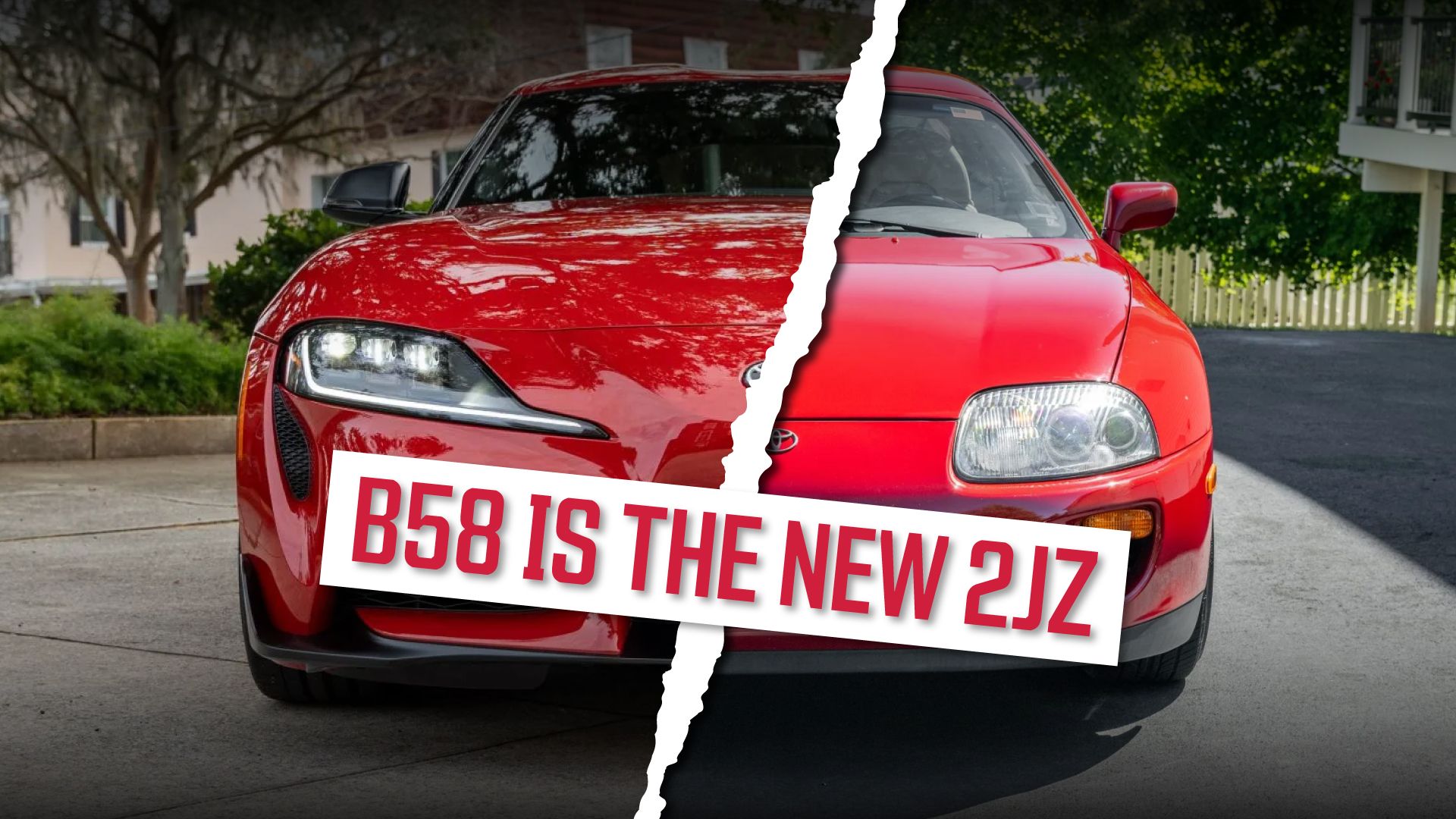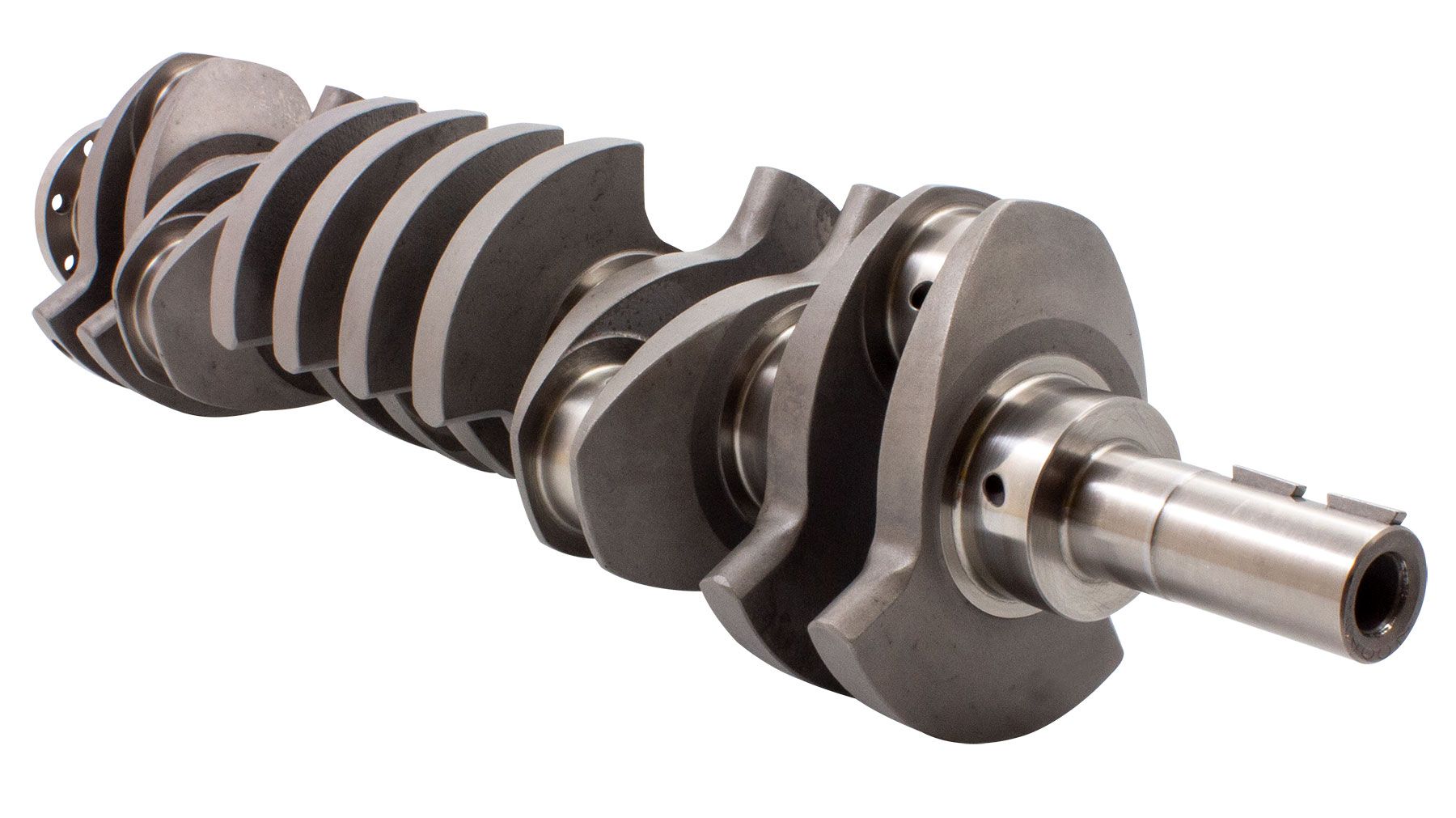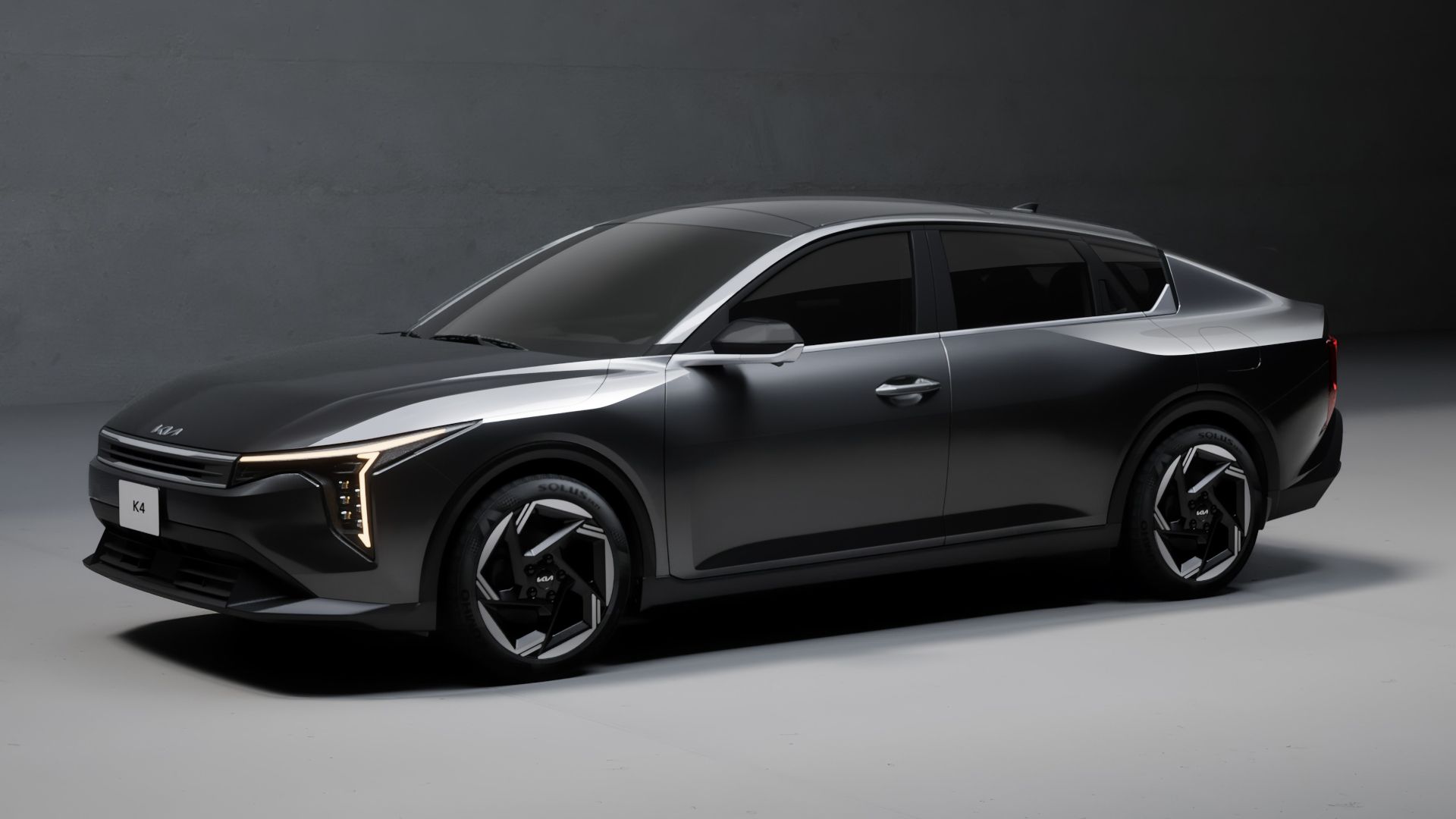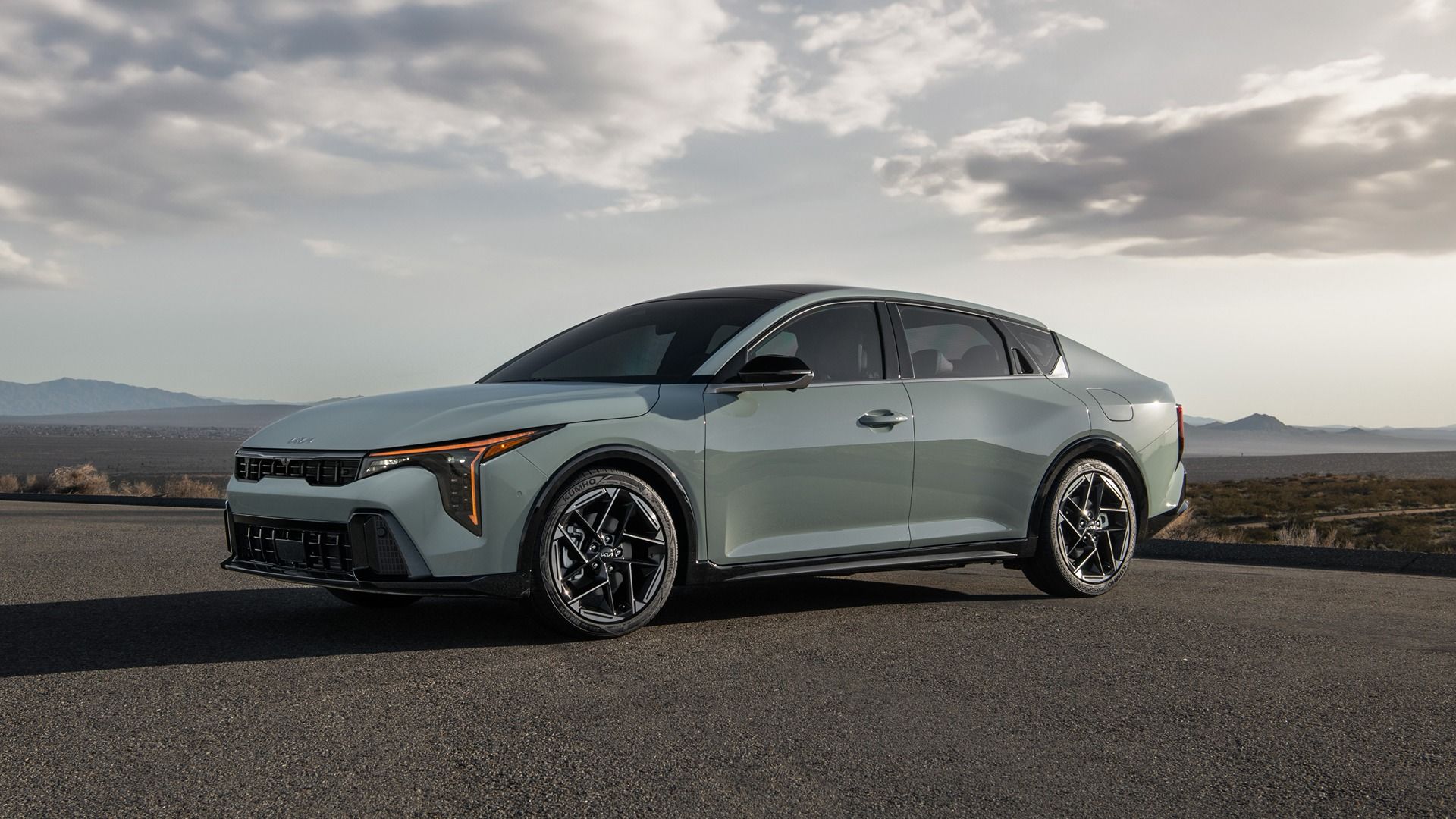Ask any car fan to name the most iconic inline-six they can think of, and you’re likely to get one answer: the Toyota 2JZ. Produced from 1991 to 2007, Toyota’s famous inline-six became an icon after it featured in the Mk4/A80 Toyota Supra. It may have adhered to the Japanese gentleman’s agreement on power outputs in stock form (at least in Japan – in the US, it made nearly 45 hp more due to a few mechanical revisions), but the aftermarket quickly unlocked the secrets of the 2J, pumping a ton of boost to generate four-figure horsepower numbers on a stock bottom end. It rapidly developed a reputation for being bulletproof, reliable in stock form, and easily tunable (and still reliable) when you wanted big power.
Related
Most Reliable Engines: 10 Motors That Just Won’t Die
They’re not all Toyota motors, either.
But the 2JZ is now 17 years old, the world has moved on technologically, and when Toyota had to choose an inline-six for the new A90 GR Supra, it didn’t build a ‘new 2JZ,’ it turned to BMW for the B58. But what if we were to tell you the BMW B58 engine is a true blue modern equivalent to the 2JZ? Before you get the pitchforks ready and beat down my front door, let’s look at why this is the case.
BMW B58 vs. Toyota 2JZ Specs Are Closer Than You Think
Before we get into the detailed mechanical analysis of what makes the B58 the new 2JZ, it’s worth noting that there are a lot of similarities between these motors in their basic specifications. For the sake of this argument, we’ll compare like for like – meaning the turbocharged Toyota 2JZ GTE instead of its naturally aspirated version. We’ll also be looking at the B58, and not the S58 used in a variety of M cars, which is based on the B58’s core architecture.
|
|
Toyota 2JZ-GTE* |
BMW B58** |
|---|---|---|
|
Configuration |
Inline-6 |
|
|
Block Design |
Closed Deck |
|
|
Displacement |
2,997cc |
2,998cc |
|
No. of turbochargers |
2 |
1 |
|
Peak horsepower |
320 hp @ 5,600 rpm |
382 hp @ 5,000-6,500 rpm |
|
Peak torque |
333 lb-ft @ 4,000 rpm |
369 lb-ft @ 1,600-4,500 rpm |
|
Redline |
6,800 rpm |
7,000 rpm |
|
Bore x Stroke |
86mm x 86mm |
82mm x 94.6mm |
|
*Specifications of US 2JZ-GTE with stainless steel turbochargers and larger injectors. |
||
|
**Specs in B58 form, not M-tuned S58, which is based on the B58 architecture. |
||
While there are differences, the numbers are surprisingly close. The more modern Bimmer motor produces more power and does so across a broader rev range, and it’s the same in the torque stakes. But considering the advances made in turbocharging technology, fueling, and more, the gap between these figures is smaller than might be expected. The mechanical similarities continue when you look deeper, particularly as they both pertain to making big power.
The Secret To Big Power: Forged Internals
One of the big selling points for the 2JZ in the tuning scene was its ability to make four-figure horsepower numbers on the stock bottom end. Simply dumping more fuel and more boost into the combustion chamber was an easy way to triple the amount of power it made, with very little detriment to its reliability. In the modern tuning scene, 1,000 horsepower isn’t unattainable, but we’ve picked up on a trend where, in high-performance builds meant for drag or drift, it’s easier to follow a recipe you know will work, which often means an engine transplant of something older and simpler that makes big power with minor mods, like the 2JZ or GM LS V8.
But we’ve now seen our fair share of B58 builds capable of reaching those same four-figure outputs, and while things like turbochargers, fuel injectors, and other ancillaries get swapped out in these builds, the internal of the B58 largely remain unchanged.
The reason for this is that the B58 ships from the factory with a forged steel crankshaft and forged conrods. The 2JZ? This also had a forged steel crank, which was key to it being able to soak up tons of boost and put out huge power.
A One-Size-Fits-All Solution: One Engine, Many Cars
Throughout history, there have been great engines that have powered one or two cars, and there have been great engines that have powered dozens. Both the 2JZ and B58 fall into the latter camp. We explored the 2JZ before, and found a list of more than 10 cars powered by the 2JZ in various iterations. While the Supra is the most famous, not all applications are performance-oriented. In some cases, they were luxury cars that relied on the silky smooth nature of an inline-six and leveraged the inherent reliability of the 2JZ to solidify Toyota’s reputation for building unbreakable cars.
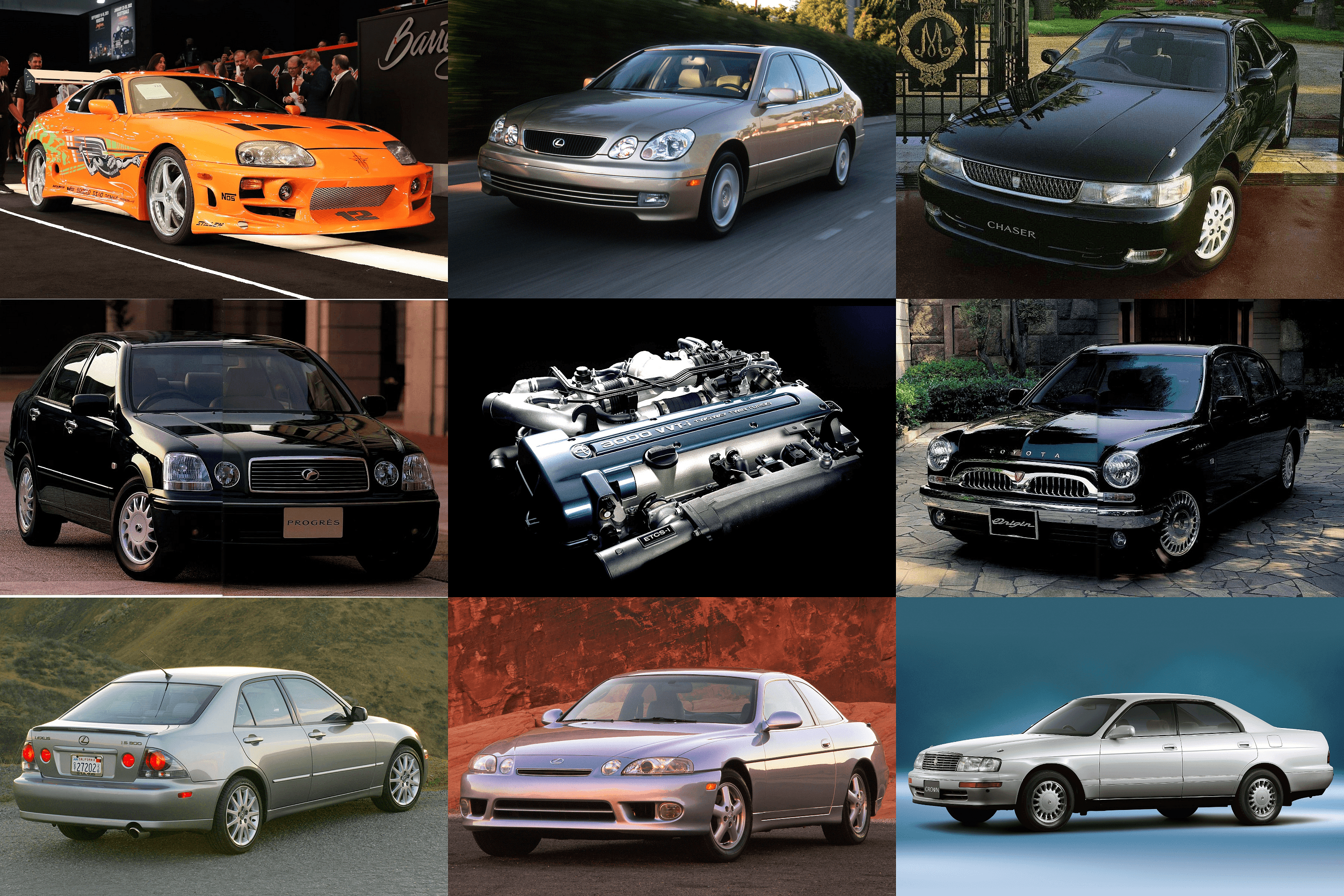
Related
10 Cars With 2JZ Engines You Probably Didn’t Know About
Of course, the Supra is on the list, but did you know the 2JZ powered nearly a dozen cars?
As for the BMW B58, this engine was introduced in 2015, and since its introduction, it’s powered 18 cars (eighteen!), and not all of them have been BMW-badged either. There’s just about no nameplate that wears a BMW badge that hasn’t been powered by the B58, as it was equipped to every rear-drive-based model since its introduction. BMW models powered by the B58 include:
- 1 Series (M140i)
- 2 Series (M240i)
- 3 Series (M340i)
- 4 Series (M440i)
- 5 Series (540i)
- 6 Series (640i)
- 7 Series (740i)
- 8 Series (840i)
- X3 (X3 M40i)
- X4 (X4 M40i)
- X5 (X5 xDrive40i)
- X6 (X6 xDrive40i)
- X7 (X7 xDrive40i)
- Z4 (Z4 M40i)
Additionally, four non-BMW models have been powered by the B58:
- Boldmen CR4
- Toyota GR Supra
- Ineos Grenadier
- Morgan Plus Six
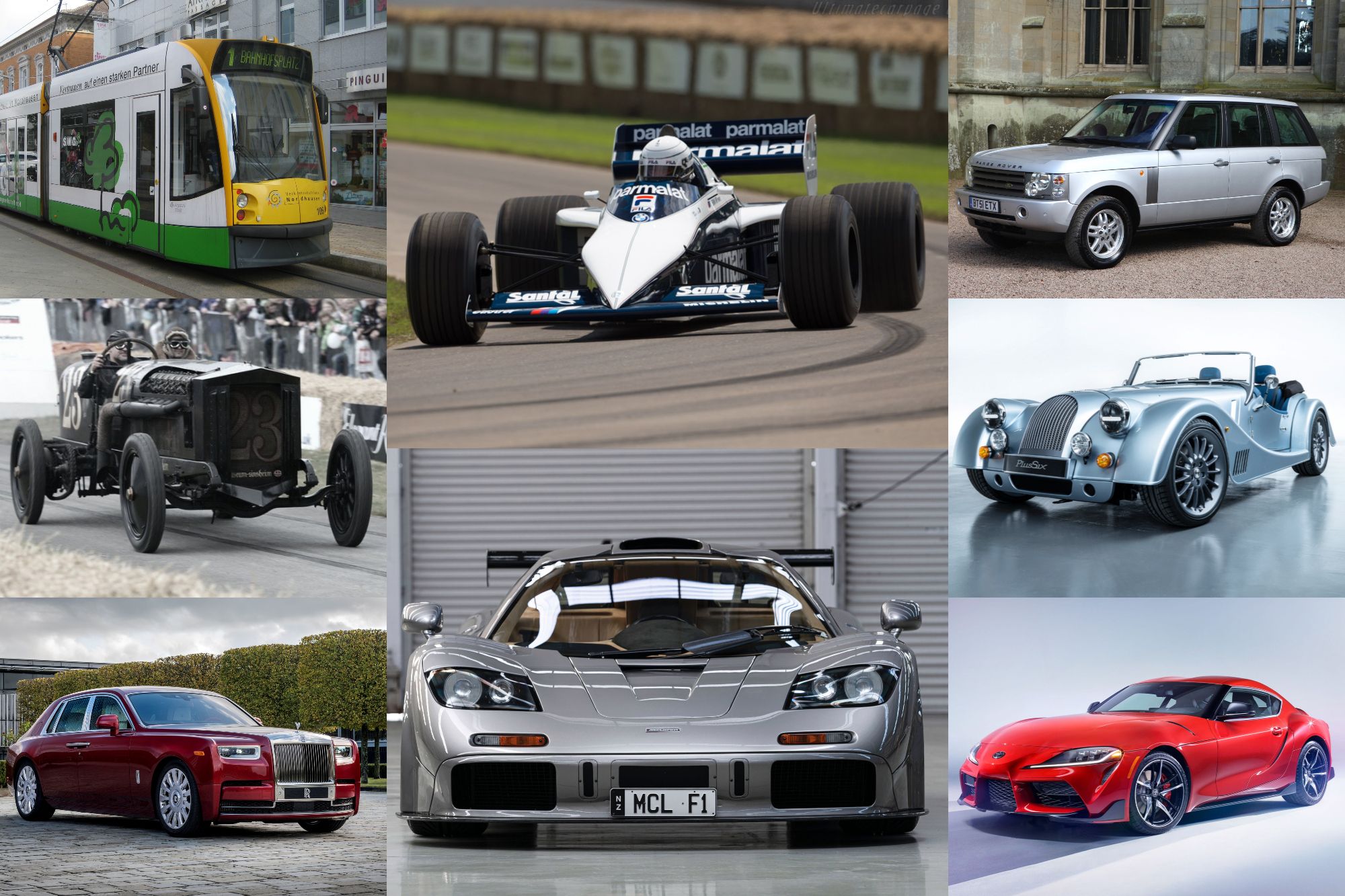
Related
Cars You Didn’t Know Have BMW Engines
From cultivated power to inspired lunacy.
Where The 2JZ And B58 Differ
While these two engines are similar in many ways, they also differ in a few key areas. As with any two things developed 20 years apart from one another, technologies implemented in their development will differ. One such example is that while the 2JZ had a cast iron block that could withstand a ton of abuse, the B58 relies on aluminum for its block.
|
Core Differences Between Toyota 2JZ And BMW B58 |
||
|---|---|---|
|
|
Toyota 2JZ |
BMW B58 |
|
Block material |
Cast Iron |
Aluminum alloy |
|
Turbochargers |
2 Sequential Mono-scroll Turbochargers |
1 Twin-scroll Turbocharger |
|
Fuel Injection |
Port injection (direct only on 2JZ-FSE) |
Direct Injection |
|
Crank Drive |
Belt-driven |
Chain-driven |
|
Variable Valve Timing |
Intake Only (not all models) |
Intake and Exhaust |
|
Intake Runners |
External |
Integrated Into Cylinder Head |
There are more differences between the two, and for a greater deep-dive into the mechanical changes, the video below does an excellent job with a side-by-side teardown comparing all the nitty-gritty details.
Is The BMW B58 Worthy Of Succeeding The 2JZ?
It’s difficult to compare engines from different eras and different manufacturers, as they’re ultimately apples and oranges in the grand scheme of things. We also have to remember how much the world has changed and how much modern cars rely on electronics. For that reason, you’re likely to see more reliability issues with the B58 than with the 2JZ, but it’s worth remembering that many of the B58’s issues will stem from its ancillaries and not core components. That said, the proliferation of the B58 is far greater than the 2JZ ever achieved, and whereas the 2JZ has achieved its fame in the hands of gearheads who understand the maintenance requirements of a high-performance motor, most casual buyers who buy a mid-level BMW with a B58 are not mechanically inclined. This is not an M engine, after all. As we’ve covered before, even the most reliable engine can be killed by poor ownership.
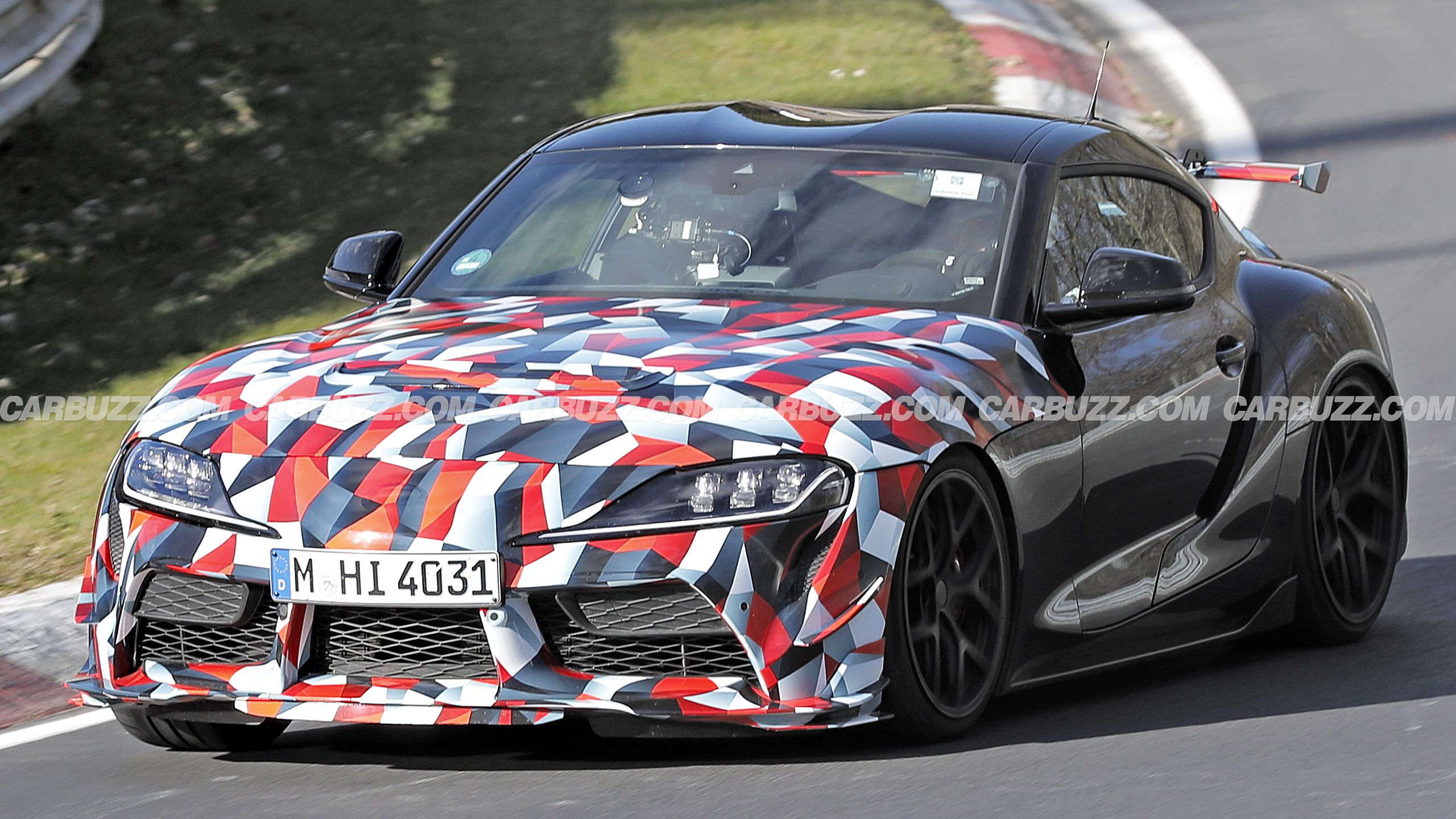
Related
This Is The Biggest Hint The Toyota Supra GRMN Is Getting BMW M3 Power
The regular GR Supra has an abundance of fake vents, but not in its most hardcore form. Is this confirmation of a BMW M3 engine?
With these thoughts in mind, the B58 seems like a fair spiritual successor to the 2JZ. Great performance right out of the box is paired with huge potential performance from the aftermarket, and broad availability is proof of its inherent reliability and versatility. Whether you’re after something that wafts along effortlessly or something you can hustle and enjoy the performance of, there’s a strong chance you can get it with a B58. The fact that Toyota chose the B58 for the newest Supra is perhaps just the cherry on the top: the official Toyota stamp of approval that the B58 really is the modern equivalent of the 2JZ.

